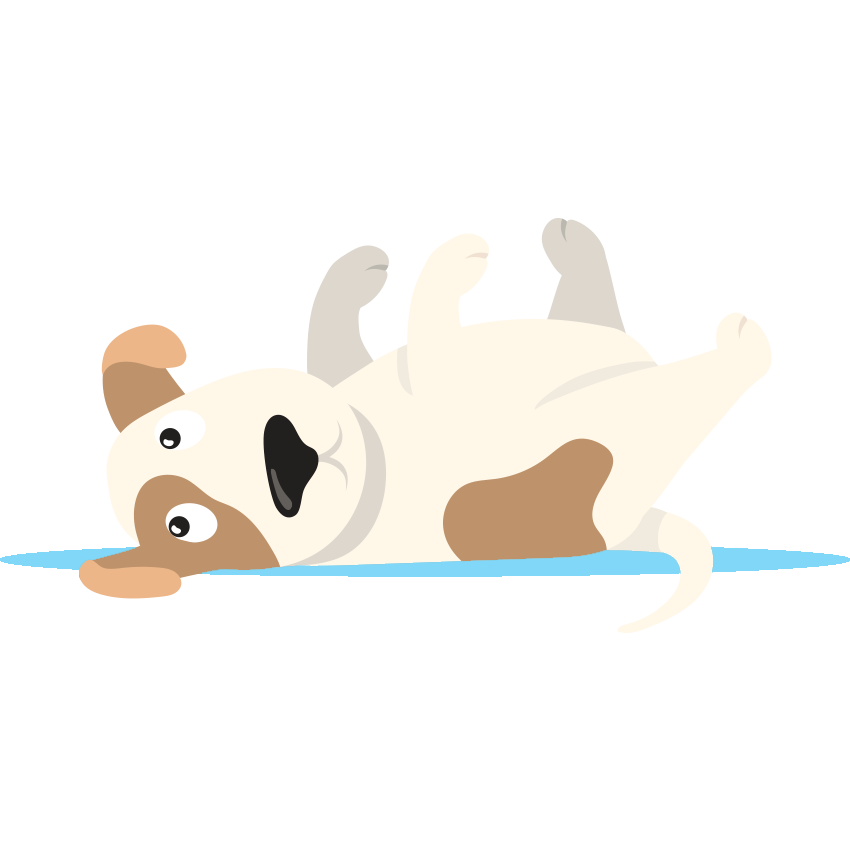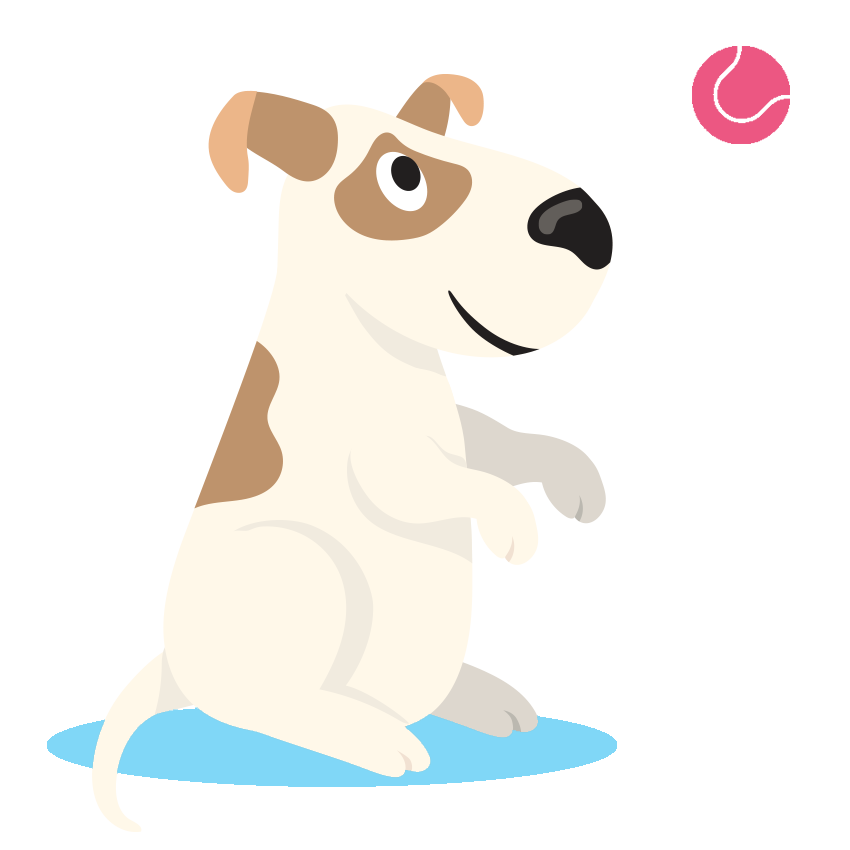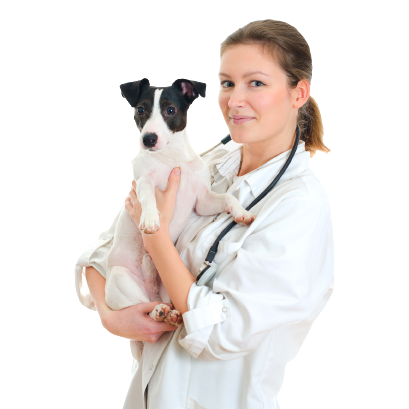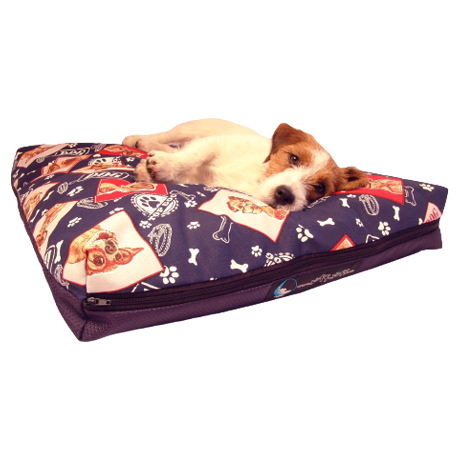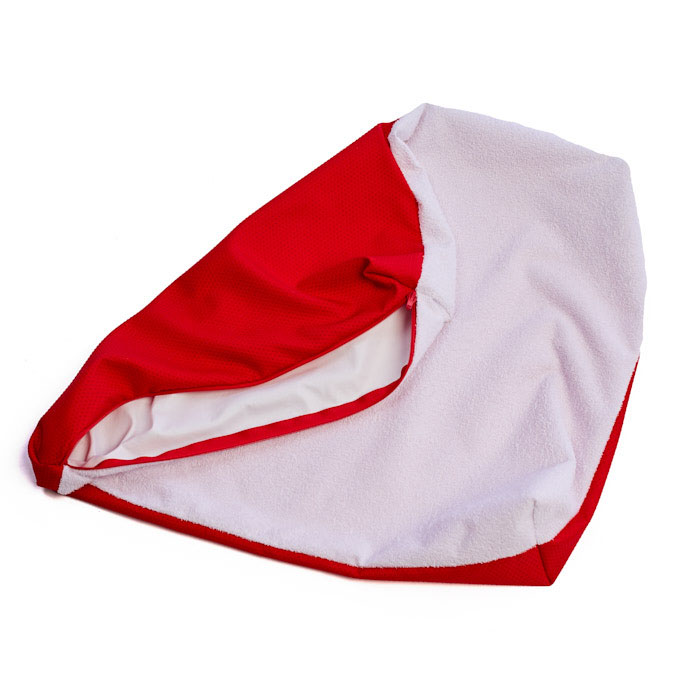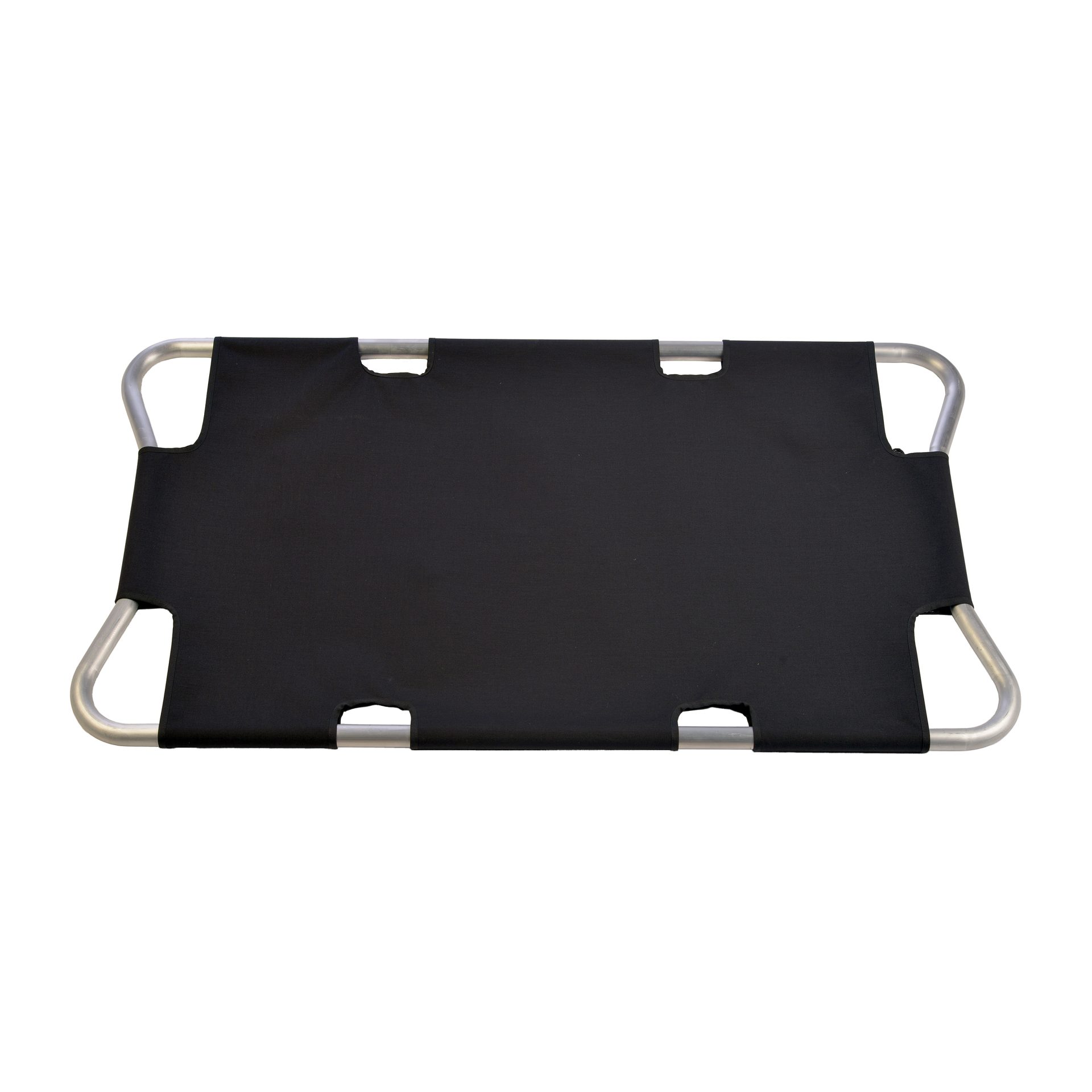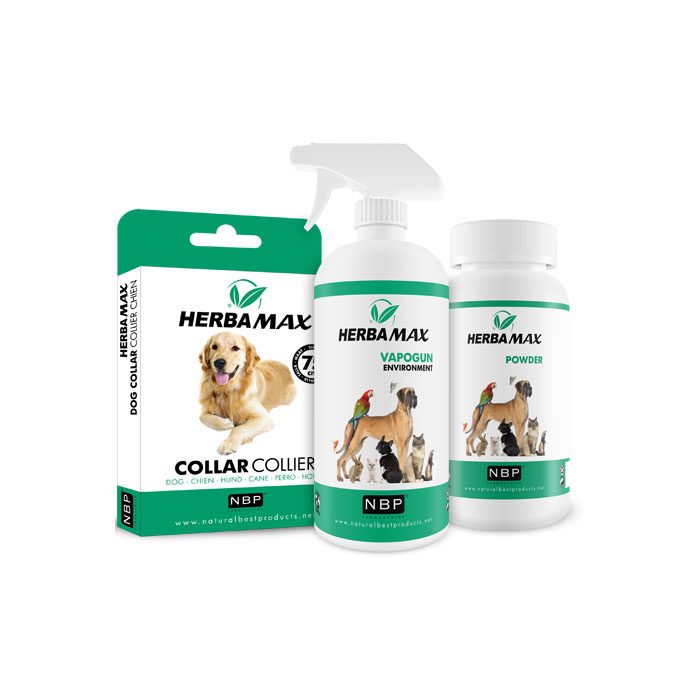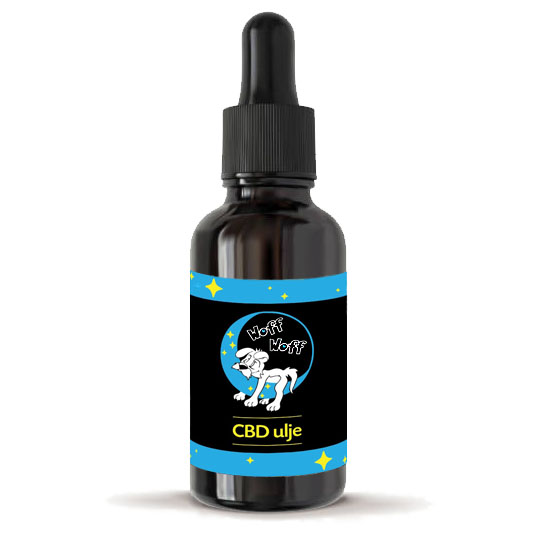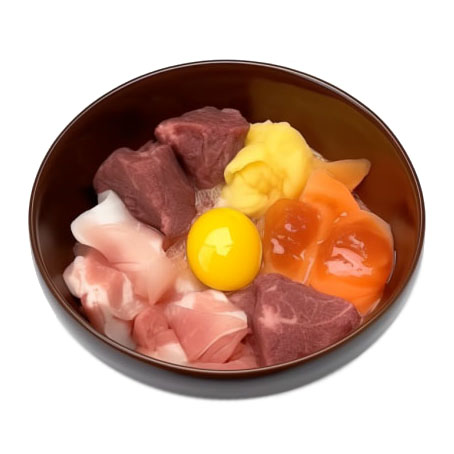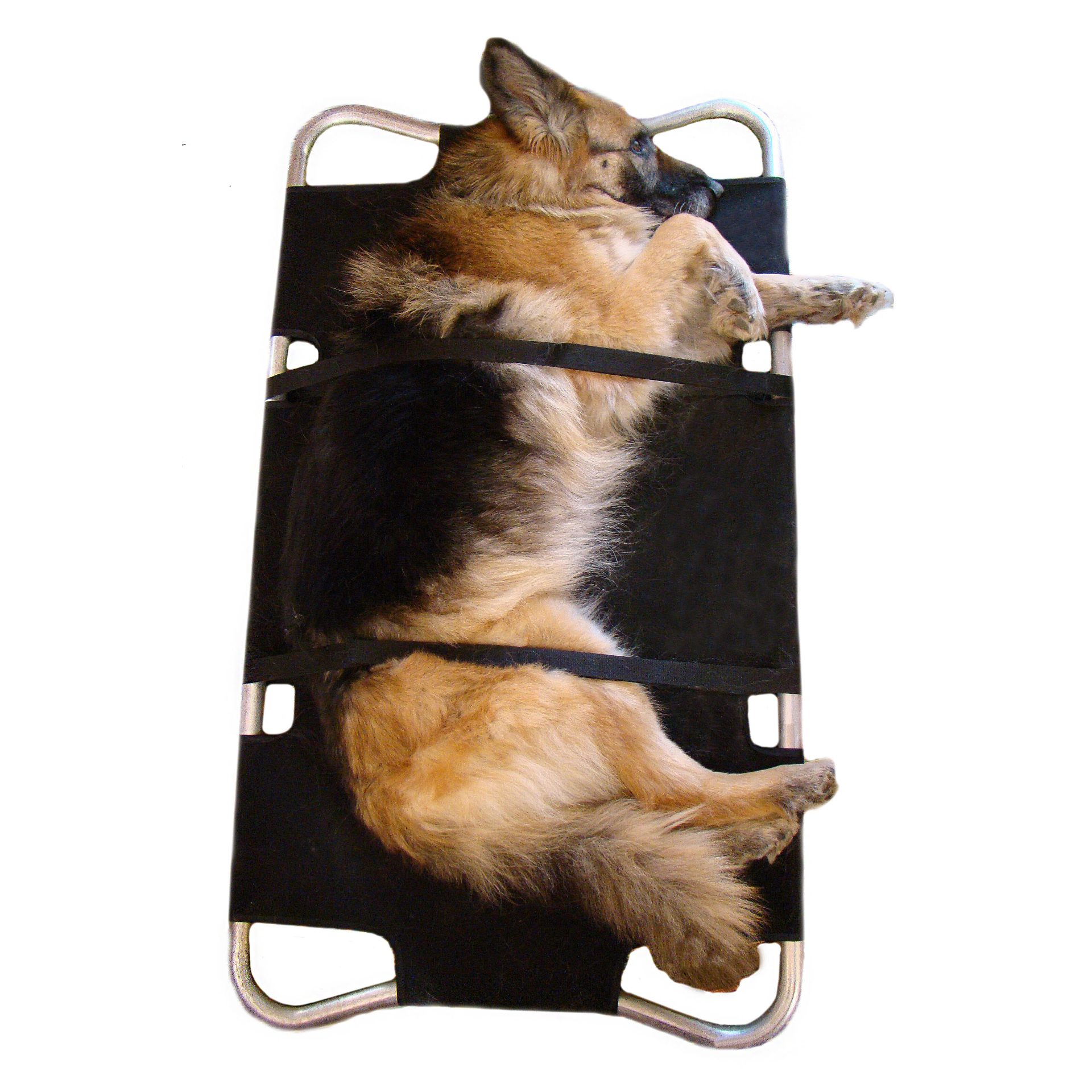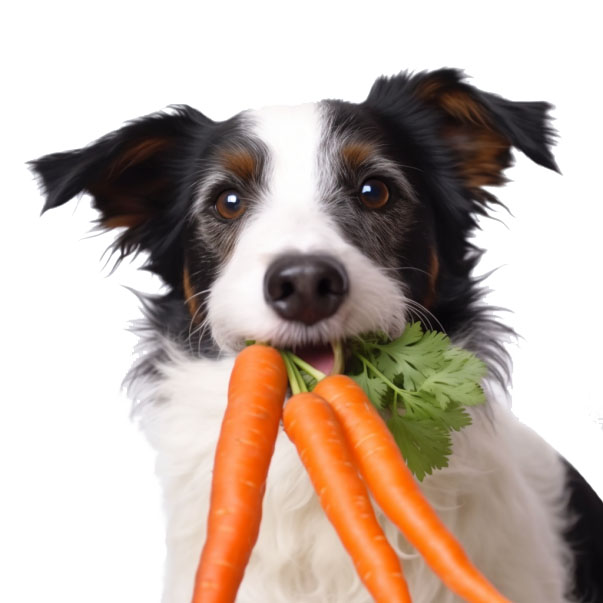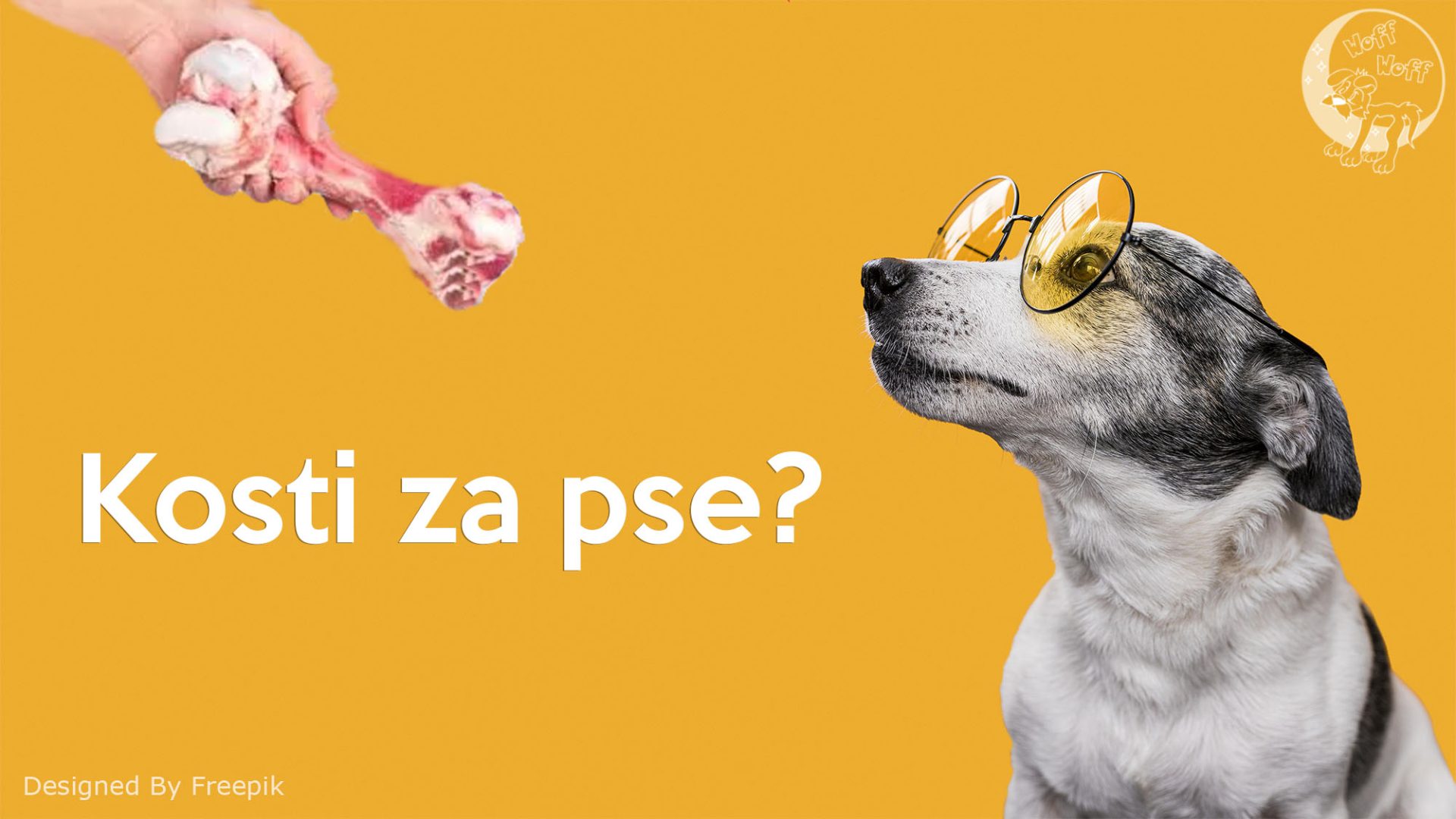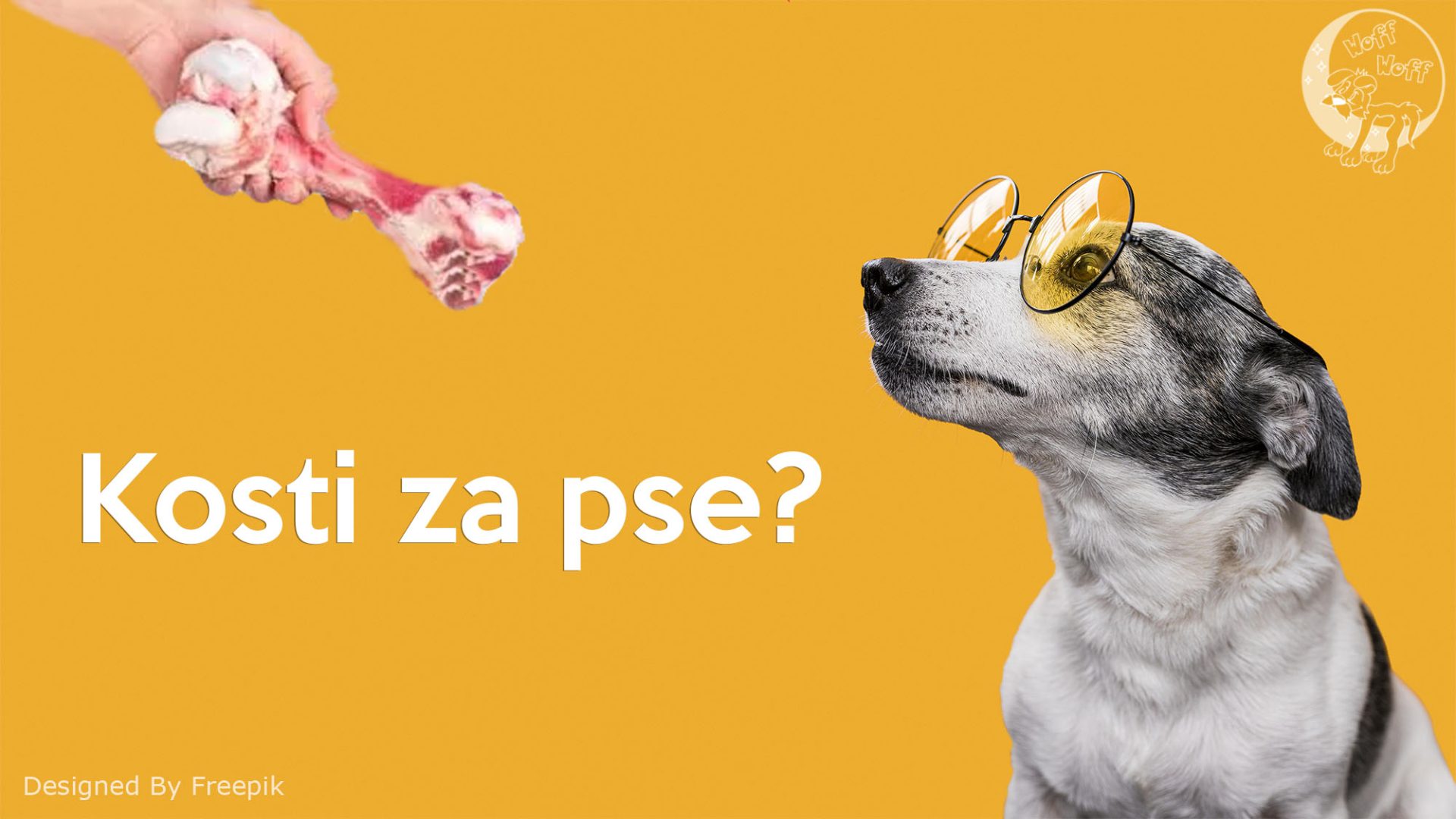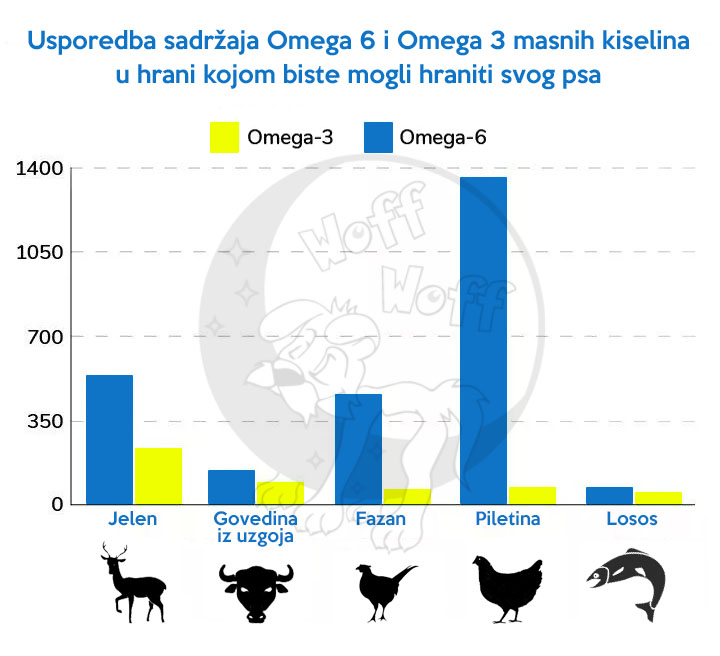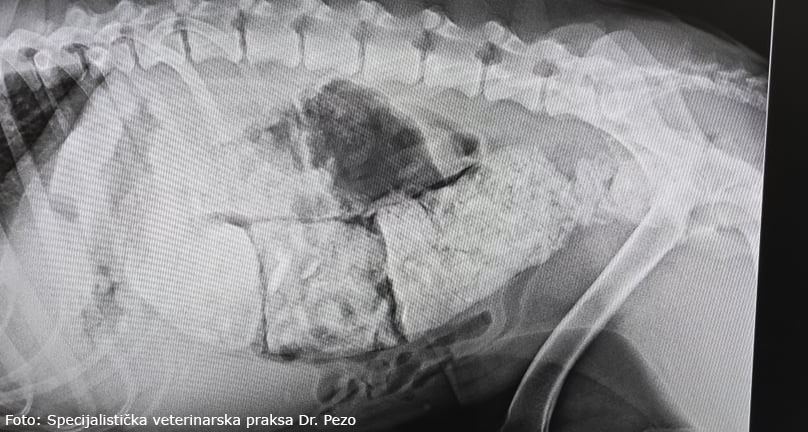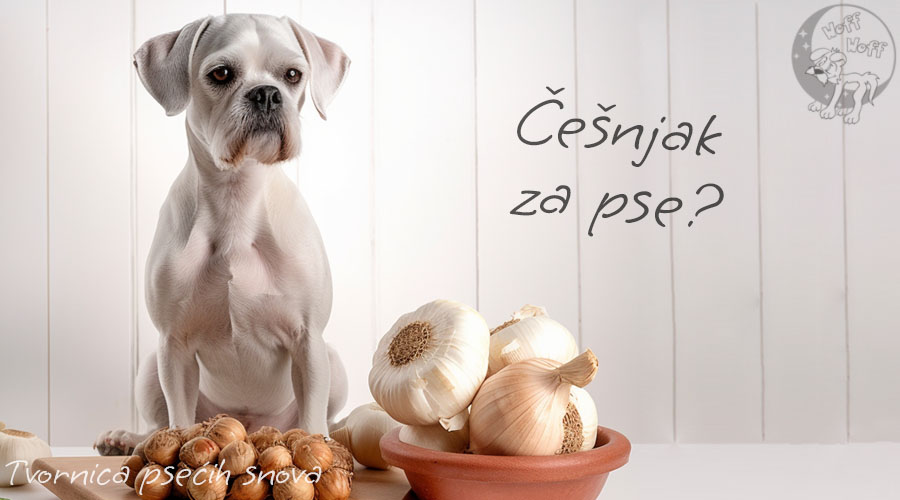There are 2 reasons why spima can be given bones. One is due to the nutritional values found in some bones, and the other is due to the maintenance of teeth and occupation.
It's also ok not to give dogs bones, because there are valid reasons for that too.
In order to make it easier for you to assess whether to give your dog bones, if so, which ones and in what way, find out below.
Due to the many possible injuries, side effects, threats to the health and well-being of your dog, I will first tell you what to avoid and what not to do.
This applies to dogs that are on a dehydrated and raw diet!
DO NOT give poultry bones
The meat of farmed poultry generally causes health problems in dogs due to the oversaturation of Omega 6 fatty acids, the lack of vitamin D and the synthetic supplements with which they are fattened.
Poultry meat, including chicken, is generally not recommended for dogs. If it is true that we are what we eat, the diet we feed our poultry is essentially what we feed our dog. What is fed to farmed poultry includes, among others, soybeans, wheat, dry bakery products, safflower and waste from the food industry that is not usable for humans. In nature, birds do not feed on corn and soybeans, but on grasses, insects and worms. As mentioned, it is not enough even for poultry, supplements, synthetic vitamins and minerals and amino acids are added to it. So poultry is a transporter of these ingredients into the dog's body, which means long-term consequences for your dog's health.
Such meat contains high levels of Omega 6 fatty acids that create hormones that in turn promote inflammatory processes in the body. The dog's immune system is impaired. A healthy hormone level is achieved with a balanced intake Omega 3 fatty acids. This is important for the dog's immunity and long-term healthy body.
Almost every chronic disease, from allergies and joint pain to diabetes and kidney disease, is caused by chronic inflammation. And chronic inflammation is caused by a diet that contains a lot of Omega 6 fatty acids, but not enough Omega 3 fatty acids.
Why is beef not so saturated with Omega 6 fatty acids?
Cattle, lambs and goats eat grass and hay for most of their lives, and are fed with grains only in the last few weeks of their lives. However, chicken, turkey and other poultry are fed Omega 6 rich food daily throughout their lives.
There are other deficiencies in the diet with poultry meat, such as vitamin D deficiency and others, but let's get back to the bones.
To cut it short, if we skip poultry from farming in the diet, then we also skip poultry bones that would eventually be given to dogs. Poultry bones are soft and break into needles that can cause injury if pieces of bones are swallowed.
Let's go back to the question of whether we should give bones to dogs?
The answer to this question varies from dog to dog!
We recently saw the story of Luis, who is a wonderful 2-year-old Staffordshire terrier, and the owner tries to give him quality food. In the owner's absence, Luis was given a bone to eat on the weekend under the pretext of "because dogs like bones". After 4 days that Luis spent in spasms and terrible pain, because he could not digest the bones that blocked his intestines, he ended up having an operation.
It is true that no bone is safe for some dogs, as they will not grind it enough and will swallow pieces that can cause serious health problems. If your dog is like that, don't give him bones, never!
Giving bones to dogs carries risks that every owner should be aware of before deciding to give a dog a bone.
First, the bones must be raw, and second, you must supervise your dog while he is chewing on the bone. "Supervise" read = keep out of sight.
Different bones are suitable for different dogs. So not all bones are ok for all dogs! It is imperative that you adjust the size of the bone or chew to your dog's personality, size and health.
Swallowers and greedy people - if your dog does not aim to chew, but wants to swallow food as quickly as possible, you should be careful with the size of the bone you give him. The same applies to dogs that chew food greedily, as they can damage their teeth. So choose a large bone, which cannot be chewed and swallowed, or don't give him a bone at all!
If your dog has already damaged or sensitive teeth, do not give him bones.
If the dog is fat or has problems with the pancreas, do not give him bones.
If you have more than one dog, do not give bones because it can provoke a fight.
Never give your dog cooked bones. Cooked bones are easily brittle, which increases the likelihood that they will break into smaller pieces and cause internal injuries to the dog.
The most common consequences of giving bones to dogs:
- Tooth fracture
- Mouth and/or tongue injuries
- The bone gets stuck in the esophagus
- The bone gets stuck in the trachea
- The bone gets stuck in the stomach
- The bone gets stuck in the intestines and causes a blockage.
- Constipation due to bone fragments in the intestines
- Heavy rectal bleeding
- Peritonitis, inflammation of the peritoneum
Benefits of chewing bones
Dogs like to chew raw bones because of their taste. Chewing is good for mental stimulation and as an exercise for the jaw muscles. Chewing bones for fun is also good for cleaning teeth.
Bones are rich in calcium and phosphorus, which are important in a dog's diet. But in order for the dog to get what it needs from bones, these bones should be crushed in a blender or in another adequate way. The amounts should also be adapted to the dog's diet. This area is a completely different topic and is related to the raw diet of dogs, in which the necessary nutrients should be balanced with various foods and sources of nutrients.
Conclusion
As for whether the health benefits outweigh the risks of giving bones to dogs, many owners and veterinarians will disagree on the matter. Ultimately, the choice is up to you as the dog owner who is responsible for his health and well-being.
Some advocate grinding the bones into a powder that is added to food, which can provide the nutritious nutrients from the bones in the dog's diet, without the risk of choking or other complications. The benefits of chewing bones are missing here.
When you take everything into account, both the pros and cons, consult your veterinarian at the same time. Carefully weigh whether the risk for your muzzle is greater than the benefit and act in accordance with the character and health condition of your dog.
#addlove #woffwoff #tvornicapsecihsnova #self-verified
Author: Morana Barbara Lučić
Follow Woff Woff on Facebook
Join the Woff Woff group at Facebook


